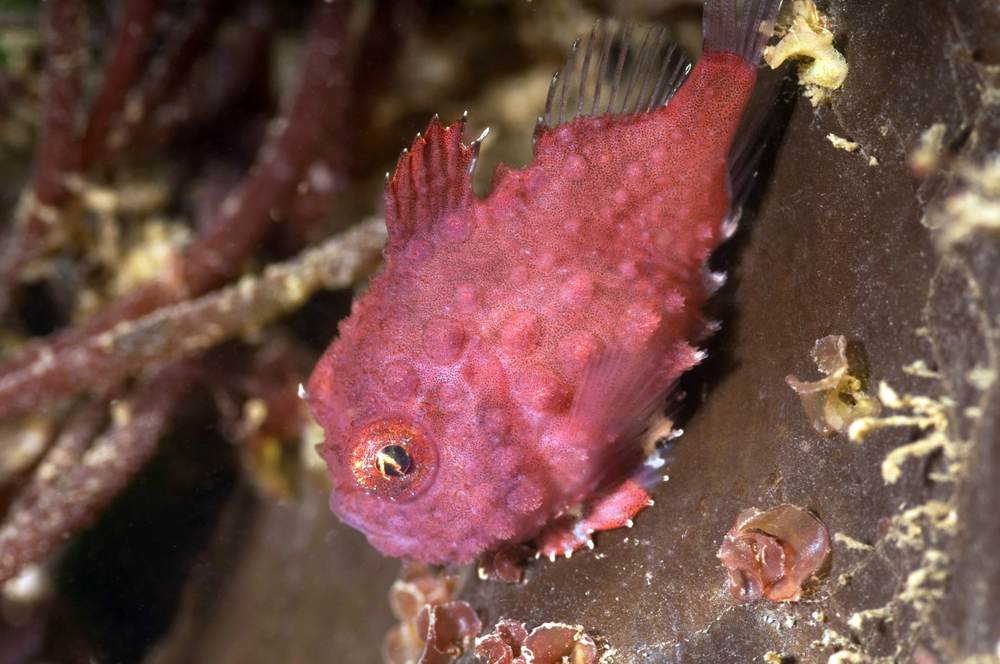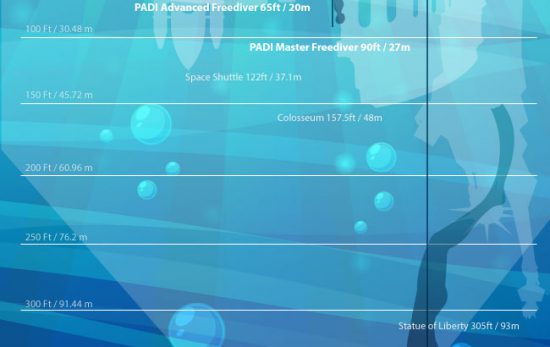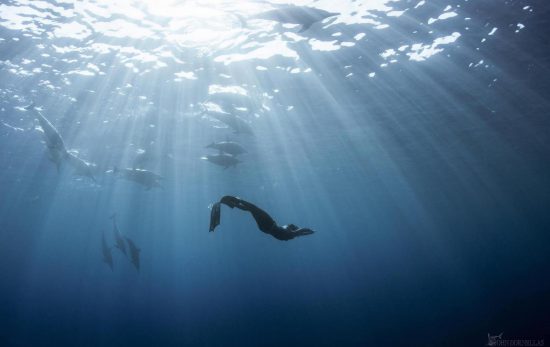The ocean is filled with tons of exciting animals. No matter how many articles we write about the fascinating underwater world, there’s always more critters we just can’t get enough of. Today’s featured animal is the adorably inefficient lumpsucker.
1. They really do suck.
True to its name, the lumpsucker comes with a literal suction cup on the bottom. Their suction cups evolved from their pelvic fin and allow the fish to anchor itself to its surroundings. It can frequently be found clinging onto eel grass, rocks, or any other objects in its habitat. While the suction cup helps this fish stand out from the crowd, there are other species with similar adaptations–the remora, for example, use suction cups on their heads to attach to sharks, whales, and even ships.
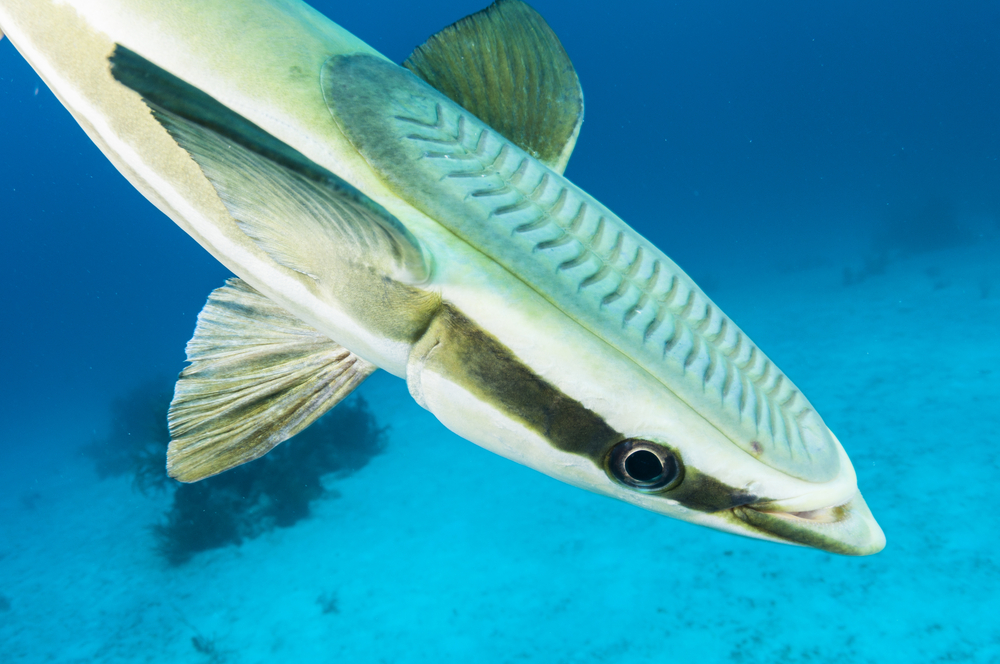
2. They’re terrible swimmers.
It’s a good thing they have suction cups, because the lumpsucker doesn’t have much other control over where it goes. Their bodies are almost perfectly round and they have fins too small to swim or steer with effectively. On top of that, they don’t have a swim bladder. Swim bladders are the built-in BCDs for fish: a small sac inside their bodies that they can inflate and deflate to control their buoyancy. Most fish have this organ. Without it, the lumpsucker struggles to maintain buoyancy and seems to swim aimlessly. They struggle to reorient themselves in the water, so sticking themselves to an object is the best way they have to navigate the world. At least we humans have ways to control our buoyancy underwater, or diving would be a lot less fun. The lumpsucker also relies on camouflage to protect itself from predators, since it’s not fast or steady enough to flee from anything.
3. Dad handles all the childcare.
During mating season, the male lumpsuckers will create nests to compete for the female’s attention. The female lumpsuckers will pick out their favorite nest, lay up to 350,000 eggs, then swim off to continue their solitary lifestyle. The fathers take it from there. After fertilizing the eggs, the males suction themselves next to the nest and spend the entire incubation period protecting them. The process can last anywhere from 4-8 weeks. During this time the dad has two main jobs; to protect the eggs from predators, and to fan water over the eggs to keep them oxygenated. Once the eggs hatch, the father swims back to once again live alone, leaving the newly hatched babies to fend for themselves.
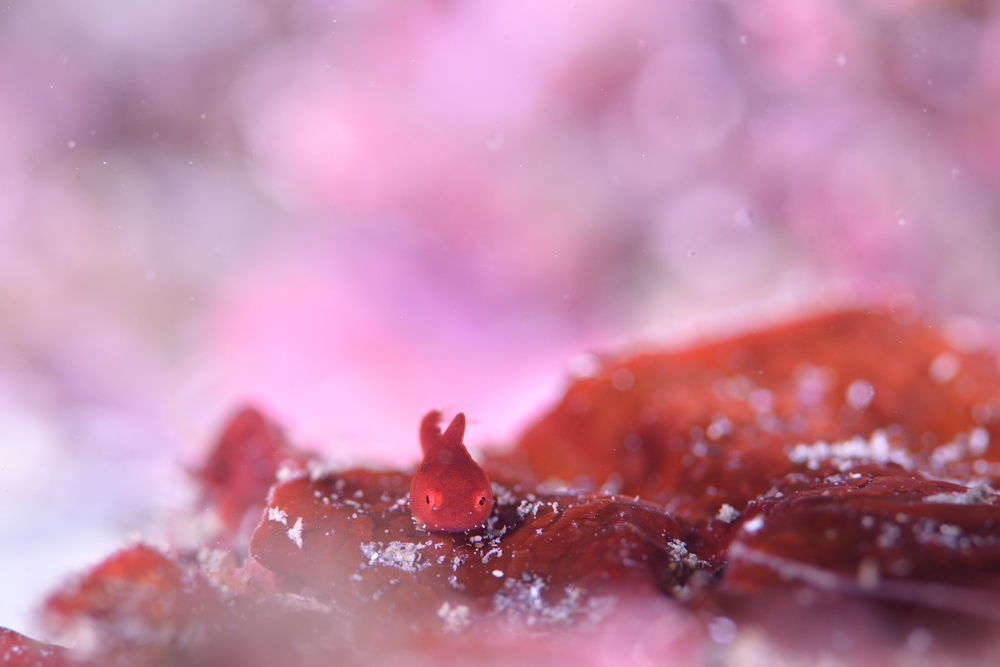
4. Where to find them:
If you want to see a lumpsucker for yourself, you have a few options. They live in cold water all over the world, so you’ll need to break out your 7mms or drysuits. The Pacific Spiny Lumpsucker can be found off of the Washington coast in the United States, and you may have more luck seeing it during its mating season from July to October, when it spends more time in shallow waters. Iceland is another good place to find them, with the mating season there starting around March. If you’re looking for an Icelandic attraction besides diving the silfra fissure, there’s plenty of interesting wildlife to see.
Have you ever seen a lumpsucker during a dive? Have any other strange animals you’d like us to write about? Let us know!
